There are seven FAA designated UAS Test Sites across the United States but only one features a 50-mile uncrewed aircraft systems corridor, where various tests can be performed to determine the operational and economic viability of a given drone operation in the short and long term. Managed by the Northeast UAS Airspace Integration Research Alliance (NUAIR) at the Griffiss International Airport in Rome, New York, operators can fly 50 miles without visual observers. This setup enables drone testing of all different types, which is further augmented by all of the existing infrastructure within the corridor.
NUAIR can support testing around countless types of drone inspections from canal infrastructure to wind turbines to assessing the conditions of utility pipelines and bridges. With hospitals and pharmaceuticals companies also located in the corridor, clients can even understand what it means to approach scalable drone operations for delivery. While NUAIR isn’t a drone delivery company they assist those that are, as well as developing solutions that scale and are economically viable. NUAIR focuses on developing and validating the safety for organizations looking to commercialize advanced UAS operations.
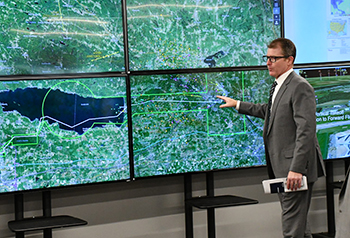
What sorts of tests can be conducted in this type of environment will be expanded even further with the creationof an electric Advanced Air Mobility (AAM) corridor. However, the testing that NUAIR is helping to pioneer right now is defining the present of the technology, rather than the future. It’s something that NUAIR CEO Ken Stewart has helped shape in a big way and is what we wanted to focus on with him during an in-depth interview. We talked with Stewart about what makes the Griffiss International Airport testing location distinct, why an understanding of scale is so critical, how he actively works to define the reality of the technology today, and much more.
Jeremiah Karpowicz: One of the challenges in the drone industry is that the integration of drones into the national airspace system (NAS) can often feel like it’s set to take place in the far future but recent feedback you received showcases that this integration is taking place in the present. Can you tell us what compelled that feedback?
Ken Stewart: We had the regional FAA administrator up here when we flew our first 50-mile flight from Syracuse International Airport to Griffiss International Airport. They sat in our operations center and watched our personnel interact with the local towers, while we monitored the operation on our network. They looked at us and they said, “everybody keeps talking about this in the future tense. But you guys are already doing it.”
That practical reality is what we’re focused on though. For example, our recent grant is really about opening up the drone economy for the state of New York. The New York DoT was one of only six in the country that had not adopted drones for their operations. So, we're helping them start to integrate drones into their operations. That’s a big deal in a state that has over 17,000 bridges. We’re helping them explore and define how those bridges can be inspected every two years more efficiently and more cost effectively.
That’s part of an even bigger focus for us on infrastructure, which is essential since the Northeast has some of the oldest infrastructure in the country. Something like 10% of bridges in the region are rated “poor.” Many are using half a-million dollar trucks with a boom extension to inspect these bridges, when they could be using a $20K drone. This sort of shift will allow them to get more efficient and reallocate those funds for actual fixes rather than just inspections. So we're trying to help those sorts of organizations and users get efficient with the technology because there are multiple benefits that can then be realized.
We really are “already doing it,” but that’s something we’re doing in big and small ways, across a variety of industries and applications.
You’re doing it as part of UAS Test Site Program, which was established to support the FAA with the integration of drones into the NAS. What makes the testing that you can do at your location distinct from any of these other sites?
That's one of my favorite topics to talk about, because with seven test sites, the question of why NUAIR is different comes up quite often. And there are a few things that really do differentiate us.
First and foremost, we're the only test site located at an airport, which is one of the hardest places to integrate drones into the airspace. Right off the bat, we can do more to solve that problem.
Almost as important is our focus on the economics of just about any operation. Most of the other test sites are located at universities, where the focus is mostly on R&D. That makes sense for them because their grants and funding are based on R&D. It really gives us the freedom to focus on economic outcomes and how we can get people up and operating.
Can we explore that a bit further? How exactly do you support that process to get up and operating?
For people that come to NUAIR, what you’ll find out is that the FAA can certify an aircraft and can certify pilots. But the significant challenges are the integration of associated elements with those things, and then getting all of that to meet the FAA safety case and work at scale. That’s why we have a designated airworthiness representative (DAR) on staff. We have subject matter expertise related to specific topics like ground-based radar equipment, and telecommunications. Our safety management lead actually help to convert the 174th Squadron in the Air National Guard from crewed to uncrewed.
All of those resources come together to support how we’re able to put together a drone solution. What's the right software, the right equipage, with the right drone? What's the safety case? All of those things have to be considered because if you're going to go for an advanced operation, or something that scales with the FAA, you have to have a complete package that solves the safety case. And that's what we're really good at.
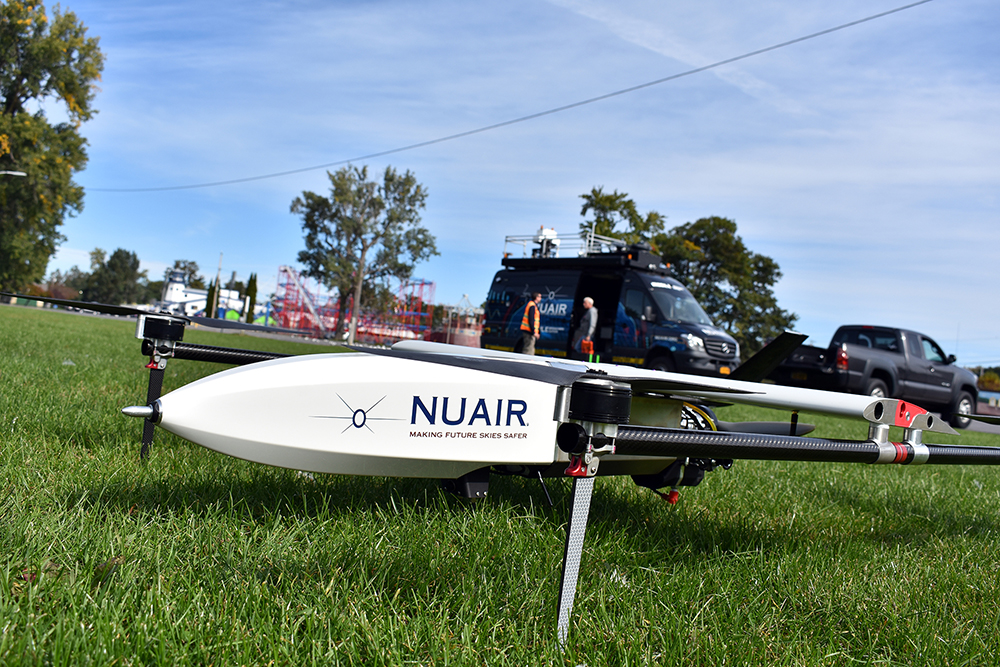
Is that concept something you find yourselves having to work through with clients? I imagine some people come to you with certain expectations about what their product can already do.
Yes, and as an example of what that can look like, we had a parachute company come here that needed validation of their platform for operations over people. They didn’t realize what they needed to sort out wasn’t really about the parachute, but about what their operation holistically was going to look like. That understanding helped us to validate their device on five different types of drones. They now have data and waivers to back up that operation, and can legitimately market that product to those individuals looking to perform operations over people.
Just because you have a product or drone that's capable doesn't mean you can go out and fly. Just because it's capable doesn't mean you can be operational from a legal or safety perspective. We provide a path to predictable outcomes by putting together a complete package. And yes, we have to work through that concept with clients on many different levels, with people you might not expect.
Not too long ago, a big drone manufacturer was commenting on their type certification process and they were excited because they thought once they got through that, they’d be seeing their drone fly everywhere. And we explained to them that's not necessarily the case. If you want an advanced operation, that's going to be more autonomous, which will bring scale and efficiencies that enterprise agencies need, you need to understand how to integrate the associated elements. You need to understand how you’ll be able to support those individual flights, which isn’t about a single product, but about an integrated stack of technologies and processes.
How many organizations or stakeholders are trying to move forward with drone technology as part of a business model that simply doesn’t work? How are you able to redirect such efforts in a positive way?
By helping them better understand where they are and how they can get to where they want to go.
I’ll give you an example. Recently, we had someone from South Korea come to us and say they wanted to start doing deliveries here in the US. We explained to them that their product had to mature but we also talked through where they needed to start with that process. And I think that's really been the critical piece. We understood those lofty goals but then worked backwards in terms of what they needed to be doing to get there, even though that timeline wasn’t what they were expecting.
As part of that, we can utilize something called a SAC-EC (Special Airworthiness Certificate—Experimental Category), which is a special aviation certificate for experimental aircraft. It allows you to get the hours of flying you need to determine what components you need, what components they may need to upgrade, what is the airworthiness potential of that aircraft, and plenty more. Once you’re flying, you can start thinking about the type certification process. All of that means you’ll better able to plan around going to market when the solution is ready.
I imagine that can be an eye-opening process.
It is, and it’s interesting to see how people with traditional aviation backgrounds are coming at this versus those from other spaces. There's value in the way that those non-traditional aircraft people are thinking about solving these problems, because they're thinking about solving a problem in a very different way. Of course, that different way might not take into account operational realities and the level of safety required. The traditional aviation people have those operational realities top of mind but they aren’t always thinking about what it means to solve a problem in a new way.
We really see both sides of that coin. In both cases, they need to understand where the bar is today and that it might be multiple years of process before you get that aircraft type certified. And that’s regardless of where you’re coming at it from.
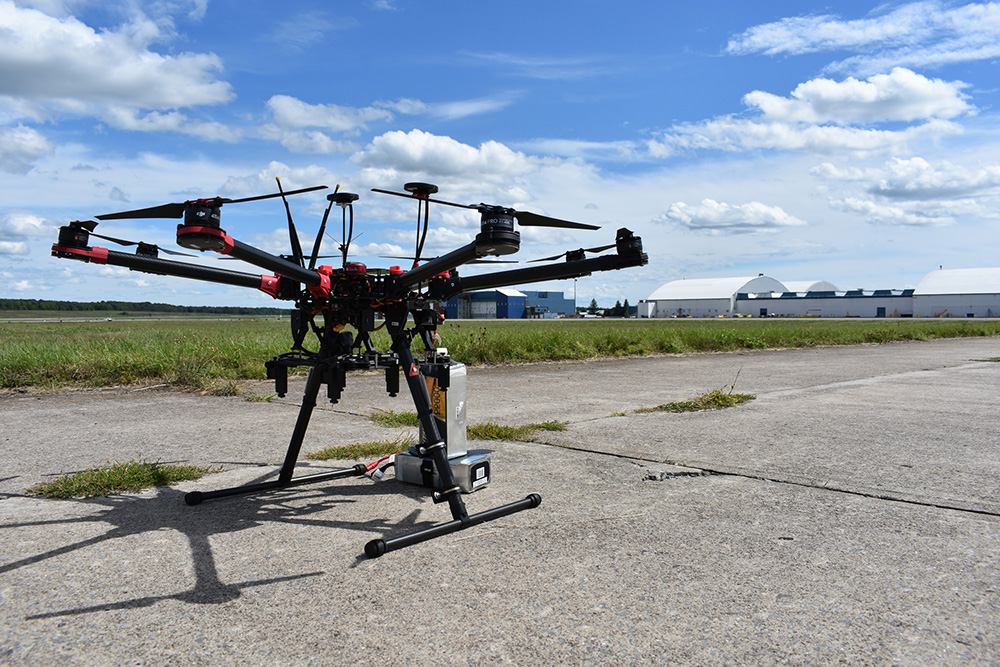
I love that concept of working backward because too often these conversations are pushing things further into the future when it comes to how a given drone solution or innovation is going to work completely autonomously, or at scale. As an industry, what are some of the other things we can be doing to further shift the conversations about airspace integration into the present and that concept of “it's happening now?”
It’s mostly about pushing to get up and going. Literally.
The challenge with the FAA is you can't fly until you're safe. And you can't prove you're safe until you fly. It’s why COA’s and waivers such as 44803(c) can be so useful when it comes to the issuing of broad waivers. They give us the ability to fly and prove something is safe. If we can fly within our corridor, we can use that to test out all those capabilities. And then once you build up the competence and the safety case to do that, you expand to other areas.
Is that expansion more about additional applications or scalable operations?
It could be either, but most of our customers are focused on scale. That said, most don't just want to have scalable outcomes, but to lay out a pathway for global, scalable outcomes. That global perspective is something more people need to recognize because it has ramifications across the industry.
The FAA rotates people around the world to work with other airports and other aviation regulatory bodies to ensure that manned aircraft of all kinds meet similar standards. We're not doing that with UAS yet. Similarly, most people are focused on the drone market in the United States, which is undoubtedly the largest, but we need to start exploring how this technology can make sense at the highest level. If we've got a manufacturer here in the US, how do we facilitate growth for them around the world?
That’s a big question, but the answer comes out of the tests and learnings that we’re working on every day. All of which is part of our effort to make the Mohawk Valley and Central New York the go-to place for all things UAS that contribute to the economic development of this region and beyond.
I’m glad you brought things back to that economic bottom line because something I always talk about is how the Commercial UAV Expo audience is very much focused on ROI. It’s fun to talk about possibility and potential, but it’s got to be pretty invigorating to not only talk about the operational realities of this technology but also work through the specifics of what that reality looks like in terms of that bottom line.
Here's the thing: we always tell our team to focus on the economic outcomes. If somebody comes to us and is really just focused on a trial, we’ll explore that but we also want to understand what the long-term benefit is going to look like. That’s something we’re focused on not only for our clients but also for us because we’re a small organization that needs to utilize our resources wisely. In this economy, the opportunity cost that’s spent on something that doesn’t ultimately make sense is very real.
I have to say though, I love the conversations and challenges that come with it. I’d never done economic development before this role and it’s just awesome to be so focused on this type of work. If you come here and you want to do something that fits into the objectives we’ve defined in terms of scale and market opportunity, we can help turn what’s just an idea into a reality that makes sense on every level. And for the most part, you can do that here before you do it anywhere else. And that’s really exciting.


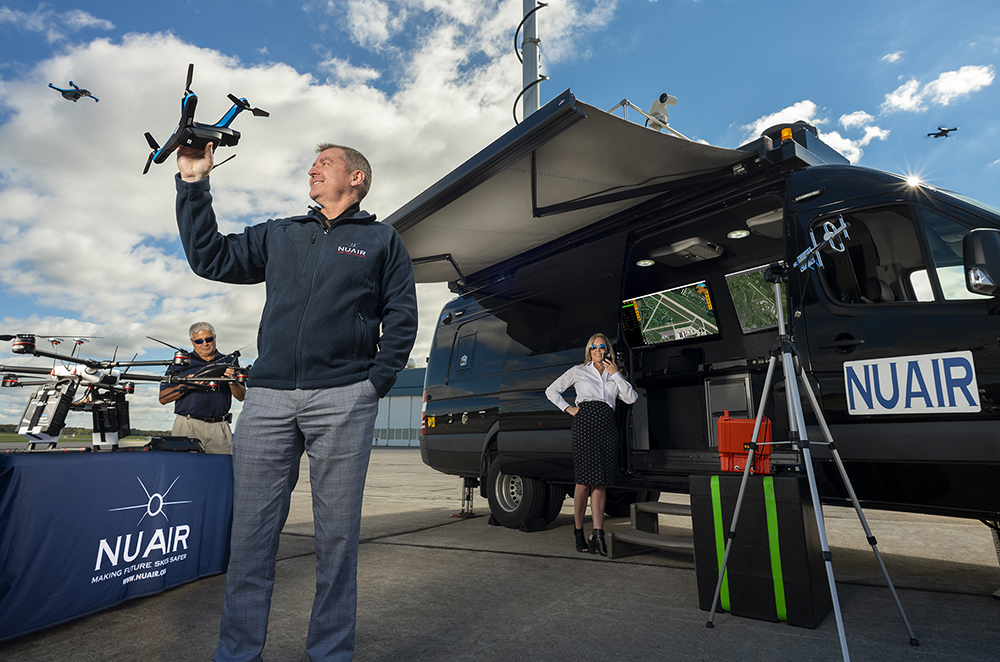

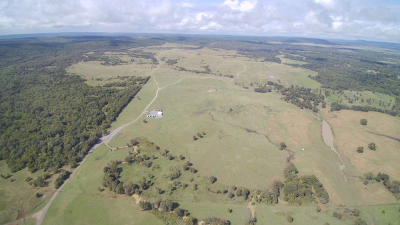
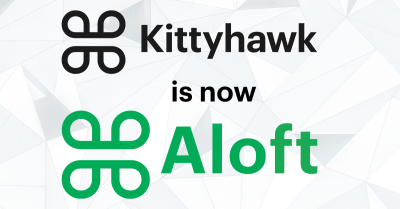










Comments